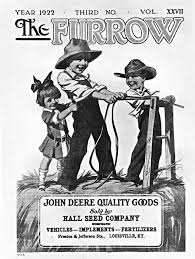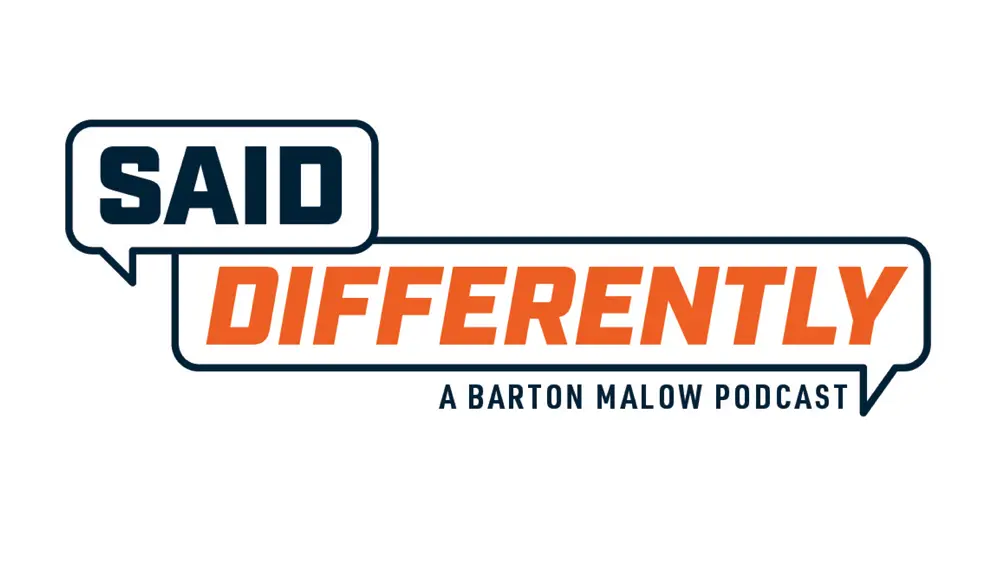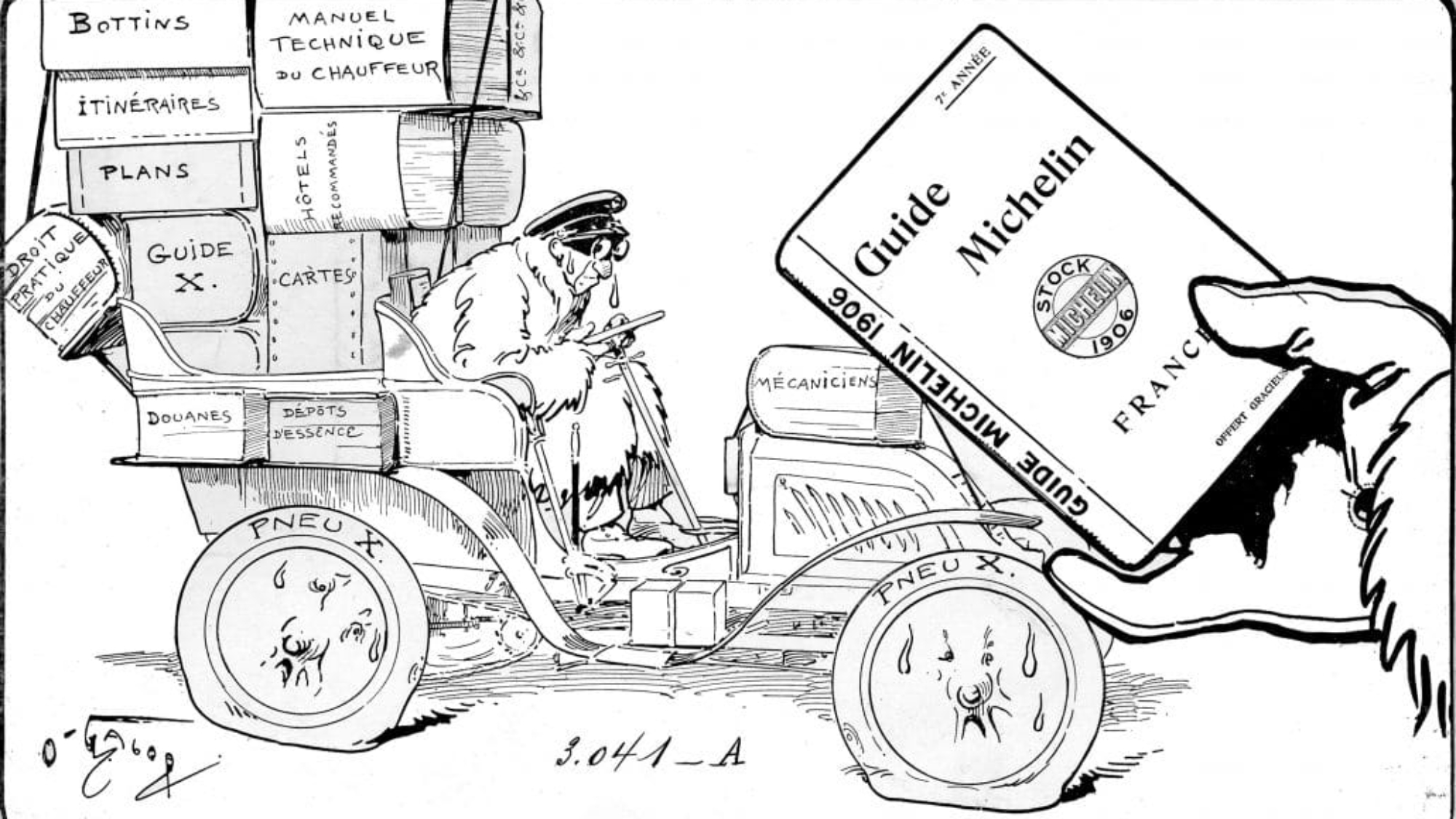If you think content marketing is just a buzzword of the digital age, think again. While it’s not widely used in the construction industry, content marketing has been influencing buyer decisions for over a century. Some of the most famous brands in the world use content not to sell, but to educate, entertain, and build trust with their audience.
Early Examples of Content Marketing
Long before websites, blogs, and LinkedIn posts, smart companies were publishing useful resources to win customers:
 The Furrow by John Deere (1895) – A farming magazine that educated farmers on best practices, quietly positioning John Deere as the trusted equipment provider.
The Furrow by John Deere (1895) – A farming magazine that educated farmers on best practices, quietly positioning John Deere as the trusted equipment provider.- The Michelin Guide (1900) – Originally a free handbook with maps, mechanics, and hotels to encourage more road travel (and tire use). It evolved into the gold standard for restaurant ratings.
- The Jell-O Recipe Book (early 1900s) – Distributed in homes across America, it taught families how to use Jell-O in creative desserts, driving massive adoption.
- Betty Crocker Cookbooks & Radio Show (1920s onward) – Recipes, tips, and cooking education that made General Mills’ flour and baking products a household staple.
- Guinness World Records (1955) – Created to settle pub debates, it linked Guinness to fun, authority, and conversation.
Each example worked the same way: create valuable content, attract attention, and become the brand people trust.
Early B2B Content Marketing
Content marketing wasn’t just for consumers; business-to-business companies were also early adopters:
 IBM’s THINK Magazine (1935) – Business insights and thought leadership for executives.
IBM’s THINK Magazine (1935) – Business insights and thought leadership for executives.- Dupont’s Educational Booklets (1920s–1930s) – Showing manufacturers how chemistry could transform textiles, agriculture, and construction.
- Microsoft Developer Network (1990s) – Online forums and technical documentation that built loyalty among software engineers.
- Cisco Systems (late 1990s) – Case studies and digital hubs showing how networks could transform global business.
- Gartner & Forrester (1990s-2000s) – Created an expectation that B2B buyers should “research online first” before vendor conversations.
- Salesforce (1999-2005) – Used explainer pages, FAQs, and customer stories to normalize the radical idea of cloud-based CRM.
- HubSpot (2006) – Blogs, guides, and webinars that popularized inbound marketing as the modern way to grow.
These companies weren’t selling; they were teaching, building trust, and shaping entire industries, even modern-day buying habits.
What This Means for Construction Companies
In commercial and industrial construction, content marketing remains underutilized, presenting forward-thinking companies with an opportunity to stand out. Here’s how it works:
How Content Marketing Works in Construction
- Attract and Engage: Draw in potential clients searching for solutions to their construction needs.
- Educate and Inform: Answer questions about permitting, processes, and industry trends.
- Build Authority and Trust: Consistently share insights that position your firm as the expert.
- Generate Qualified Leads: Attract prospects who already trust your expertise.
- Creates a Non-Sales Touchpoint: Provides buyers and contractors with a reason to communicate outside of a sales meeting.
Types of Content for Construction
- Blog Posts – Tips, trends, and process explainers.
- Case Studies – Showcasing successful projects and outcomes.
- Videos – Demonstrating craftsmanship and capabilities.
- Infographics – Breaking down complex processes or data.
- Whitepapers & Guides – In-depth resources on methodologies or strategies.
- Social Media Posts – Highlighting projects, team members, and community engagement.
- Podcasts – Commentary on the industry and market sectors you serve.
Benefits for Contractors
- Improved SEO and brand visibility.
- More (and better) leads.
- Increased trust and credibility.
- Clear differentiation from competitors.
- Support for every stage of the customer journey.
Construction Companies Finding Success with Content Marketing
 Korte Company’s Guide to Warehouse Construction
Korte Company’s Guide to Warehouse Construction- McCarthy Building Companies’ blog
- Barton Malow’s podcast, Said Differently
- Rogers-O’Brien podcast guest appearances
We Practice What We Preach

Our annual Construction SEO Report, which evaluates the websites and SEO efforts of ENR’s Top 400 Contractors, is a form of content marketing that utilizes primary research.
- It educates AEC marketers about where the industry stands.
- It builds authority by providing unique data and insights.
- It attracts attention from decision-makers and industry media.
- And it generates conversations that turn into client relationships.
How Content Marketing Helps Construction Firms Win More Work
Content marketing isn’t new, but in the construction industry, it remains an open lane. Construction companies that invest now will build brand authority, attract qualified leads and better applicants, and stand apart from competitors who are still relying on cold calls and referrals alone.
If your company is ready to use content to win more work, let’s talk.

